- Selecting the Right Cucumber Seeds
- 1. Variety
- 2. Growing Conditions
- 3. Disease Resistance
- 4. Seed Source
- 5. Personal Preferences
- Preparing the Soil for Seed Sowing
- Choosing the Appropriate Containers
- Size
- Material
- Drainage
- Number of Plants
- Table Placement
- Providing the Correct Temperature and Lighting
- Temperature
- Lighting
- Watering and Moisture Control
- 1. Check the soil moisture regularly
- 2. Water deeply
- 3. Don’t let the soil dry out completely
- 4. Use a watering schedule
- 5. Mulch the soil
- 6. Avoid wetting the leaves
- 7. Monitor humidity levels
- Fertilizing and Nutrient Requirements
- 1. Nitrogen
- 2. Phosphorous
- 3. Potassium
- 4. Micronutrients
- 5. Application
- 6. Organic Options
- 7. Watering
- Preventing Pests and Diseases
- 1. Choose disease-resistant varieties
- 2. Start with healthy seeds
- 3. Practice proper spacing
- 4. Provide proper ventilation
- 5. Keep the windowsill clean
- 6. Monitor for pests regularly
- 7. Use organic pest control methods
- 8. Water properly
- 9. Remove and destroy infected plants
- 10. Rotate your crops
- Transplanting Seedlings to Larger Containers
- Materials needed:
- Steps to follow:
- “Question-Answer”
- Can I grow cucumbers on my windowsill?
- What is the first step in growing cucumbers on the windowsill?
- How deep should I sow the cucumber seeds?
- Do cucumber seeds require any special treatment before sowing?
- How often should I water the cucumber seeds?
- How long does it take for cucumber seeds to germinate?
- What should I do after the cucumber seeds have germinated?
- “Video” 5+ Tips for Growing Cucumbers in Containers: Epsom Salt, Feeding, Dusts, Sprays & More
Do you dream of enjoying fresh cucumbers straight from your own garden, but think you don’t have the space or time for a traditional outdoor garden? Well, think again! Growing cucumbers on the windowsill is a great solution for urban gardeners or those with limited outdoor space. In this step-by-step guide, we will walk you through the proper seed sowing technique to help you successfully grow your own cucumbers from the comfort of your home.
Why grow cucumbers on the windowsill?
There are several benefits to growing cucumbers on the windowsill. Firstly, it allows you to make the most of the available space in your home. Even if you have a small apartment or lack a backyard, you can still enjoy the pleasure and satisfaction of growing your own produce. Secondly, growing cucumbers on the windowsill allows for easy access and maintenance. You can monitor their growth, water them regularly, and provide them with the necessary care without having to step outside. Lastly, growing cucumbers indoors reduces the risk of pests and diseases that are commonly found in outdoor gardens, ensuring healthier plants and a higher success rate.
Before we get started, here’s a quick tip:
Choose a sunny windowsill that receives at least 6-8 hours of direct sunlight each day. Cucumbers thrive in bright light, so make sure to pick a location that offers optimal conditions for their growth.
Now that you understand the benefits of growing cucumbers on the windowsill and have identified a suitable location, it’s time to move on to the first step – proper seed sowing. Follow these guidelines to ensure successful germination and healthy growth of your cucumber plants.
Selecting the Right Cucumber Seeds
When growing cucumbers on the windowsill, selecting the right cucumber seeds is crucial for a successful harvest. Here are some factors to consider when choosing cucumber seeds:
1. Variety
Cucumbers come in various varieties, each with its own characteristics. Some popular cucumber varieties include:
- Standard Cucumbers: These are your traditional cucumber varieties, commonly used for slicing and pickling.
- Miniature Cucumbers: These cucumbers are smaller in size and are perfect for snacking or adding to salads.
- Specialty Cucumbers: These cucumbers have unique shapes or colors, such as white or lemon cucumbers. They can add visual interest to your windowsill garden.
2. Growing Conditions
Consider the growing conditions in your windowsill garden when selecting cucumber seeds. Some cucumber varieties are better suited for indoor growing, while others thrive in outdoor gardens. Look for varieties that are listed as suitable for container gardening or indoor cultivation.
3. Disease Resistance
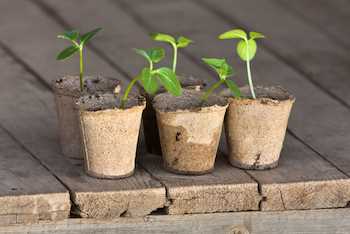
Cucumbers are susceptible to various diseases, such as powdery mildew or cucumber mosaic virus. To minimize the risk of disease and ensure a healthier crop, select cucumber seeds that are resistant to common cucumber diseases. Look for disease-resistant varieties or those labeled as having good disease resistance.
4. Seed Source
Choose cucumber seeds from a reputable seed source to ensure quality and germination rates. Look for certified organic seeds or seeds that have been tested for purity and germination. Buying from well-known seed companies or local nurseries is usually a good option.
5. Personal Preferences
Lastly, don’t forget to consider your personal preferences when selecting cucumber seeds. Think about the flavors, textures, and sizes of cucumbers you prefer. Some cucumbers may have a sweeter taste, while others might be more crunchy. Consider these factors to make sure you choose cucumbers that you will enjoy eating!
Preparing the Soil for Seed Sowing
Before sowing cucumber seeds, it’s important to prepare the soil properly. This will create a favorable environment for the seeds to germinate and grow. Follow these steps to ensure the soil is ready:
- Choose the right soil: Cucumbers prefer well-draining soil that is rich in organic matter. Choose a potting mix specifically formulated for vegetables or create your own by mixing equal parts of compost, perlite, and peat moss.
- Fill the containers: Use clean containers with drainage holes to prevent waterlogging. Fill them with the prepared potting mix, leaving about an inch of space at the top.
- Moisten the soil: Before sowing the seeds, moisten the soil lightly. It should be damp but not soaking wet.
- Check the pH: Cucumbers prefer slightly acidic to neutral soil with a pH range of 6.0 to 7.0. Test the soil pH using a testing kit and adjust it if necessary by adding amendments like lime or sulfur.
- Warm the soil: Cucumber seeds need warm soil for germination. Place the containers in a warm location, such as near a sunny window or on a heating mat, to raise the soil temperature.
- Prevent disease: To minimize the risk of disease, sanitize the containers and any garden tools with a dilute bleach solution before use.
- Improve drainage: If the soil tends to retain too much water, enhance drainage by adding perlite or vermiculite to the potting mix.
- Remove any debris: Clear away any rocks, sticks, or plant debris from the soil surface. This will prevent obstruction for the emerging seedlings.
By following these steps, you will provide the ideal growing conditions for your cucumber seeds, setting them up for success when they germinate and grow into healthy plants.
Choosing the Appropriate Containers
When it comes to growing cucumbers on the windowsill, choosing the right containers is essential. The containers you choose should provide enough space for the cucumber plants to grow, as well as adequate drainage to prevent water from accumulating and causing root rot.
Here are some factors to consider when selecting containers for growing cucumbers on the windowsill:
Size
The containers should be large enough to accommodate the cucumber plants and their root systems. A good rule of thumb is to choose a container that is at least 12 inches deep and wide. This will allow the roots to spread and provide stability to the plants as they grow.
Material
There are various materials available for containers, including plastic, ceramic, and clay. Plastic containers are lightweight and easy to move around, while ceramic and clay containers are more aesthetically pleasing but can be heavier. Choose a material that suits your preferences and the style of your windowsill.
Drainage
Proper drainage is crucial for preventing waterlogging and root rot. Look for containers with drainage holes at the bottom to allow excess water to escape. You can also place a layer of pebbles or gravel at the bottom of the container to facilitate drainage.
Number of Plants
Consider how many cucumber plants you plan to grow on your windowsill. Choose a container that can accommodate the desired number of plants without overcrowding them. Overcrowding can lead to competition for resources and hinder the growth of the plants.
Table Placement
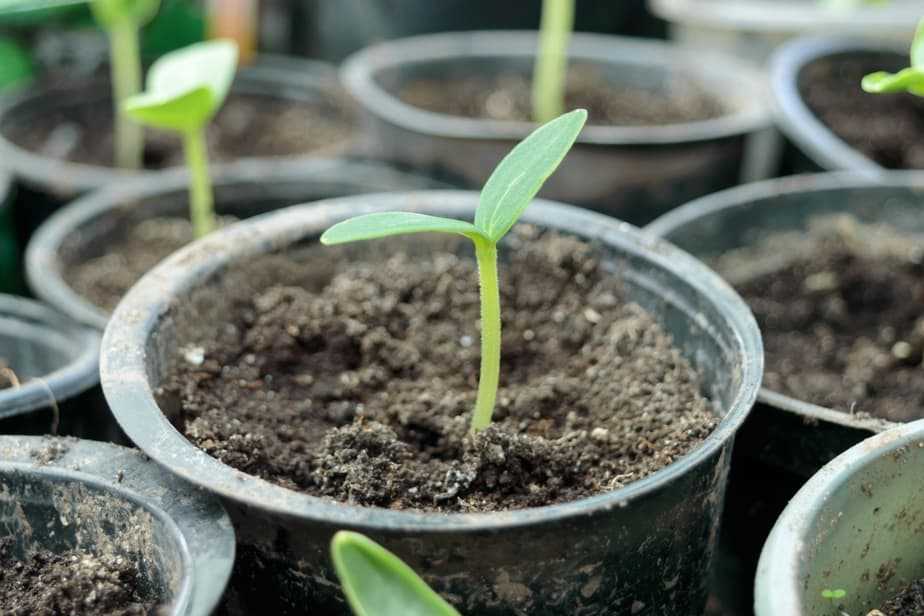
Ensure that the containers can fit comfortably on your windowsill or table near the window. Consider the available space and the amount of sunlight the plants will receive. Cucumbers need at least 6-8 hours of direct sunlight per day, so choose a location that provides adequate light.
By selecting the appropriate containers, you can provide a suitable environment for your cucumber plants to thrive on the windowsill. Remember to consider the size, material, drainage, number of plants, and table placement to set up the ideal growing conditions.
Providing the Correct Temperature and Lighting
Proper temperature and lighting are crucial factors for successfully growing cucumbers on the windowsill. Here are some guidelines to follow:
Temperature

- Cucumbers thrive in warm temperatures, ideally between 70-85°F (21-29°C).
- Avoid exposing the seedlings to temperature extremes or sudden temperature drops, as they are sensitive to fluctuations.
- Keep the windowsill area consistently warm by placing a heating pad under the seed tray or using a small space heater.
Lighting
- Cucumbers require at least six hours of direct sunlight each day to grow properly.
- If your windowsill doesn’t receive enough sunlight, consider using artificial grow lights.
- Position the seed tray near the brightest window in your home to maximize natural light exposure.
- Rotate the tray every few days to ensure even light distribution to all the seedlings.
By providing the correct temperature and lighting conditions, you’ll give your cucumber seedlings the best chance to thrive on the windowsill.
Watering and Moisture Control
Proper watering is crucial for growing cucumbers on the windowsill. Cucumbers are plants that require consistent moisture in order to thrive. However, overwatering can lead to waterlogged soil and root rot, while under-watering can cause stunted growth and shriveled fruits. Here are some tips for watering and moisture control:
1. Check the soil moisture regularly
Use your finger or a moisture meter to check the moisture level in the soil. Cucumber plants prefer slightly moist soil. If the top inch of soil feels dry, it’s time to water.
2. Water deeply
When watering, make sure to thoroughly moisten the soil. Apply water until it starts to run out of the drainage holes at the bottom of the container. This ensures that the entire root system gets watered.
3. Don’t let the soil dry out completely
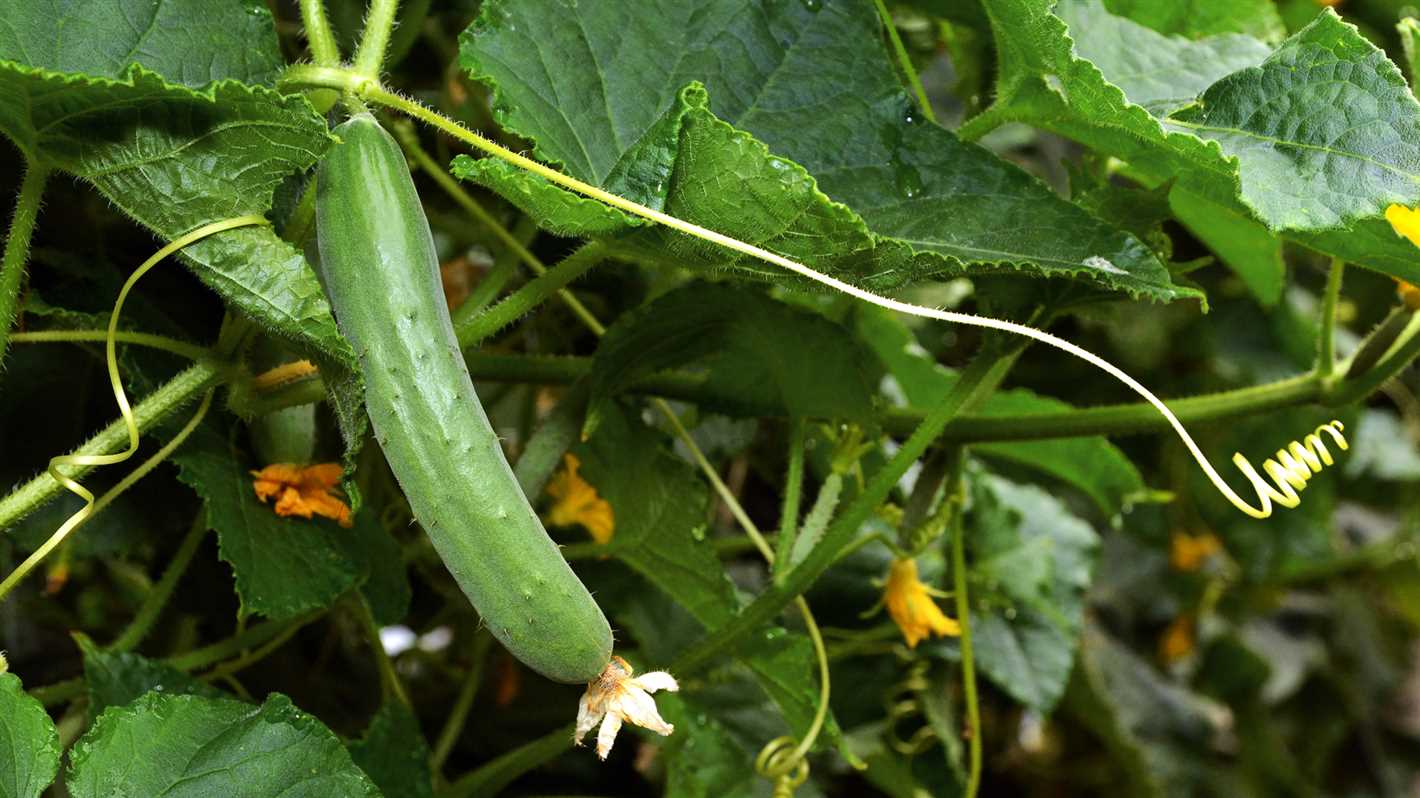
Avoid letting the soil dry out completely between waterings, as this can stress the plants and affect their overall growth. However, be careful not to overwater, as this can lead to root rot.
4. Use a watering schedule
Establish a watering schedule based on the needs of your cucumber plants. Depending on the temperature, humidity, and size of the container, you may need to water every 2-3 days. Monitor the soil moisture and adjust your watering schedule accordingly.
5. Mulch the soil
Apply a layer of organic mulch, such as straw or chopped leaves, around the base of the cucumber plants. This helps to retain moisture in the soil, prevent weed growth, and maintain a more stable soil temperature.
6. Avoid wetting the leaves
When watering, try to direct the water towards the base of the plants and avoid wetting the leaves as much as possible. Wet leaves can promote the growth of fungal diseases.
7. Monitor humidity levels
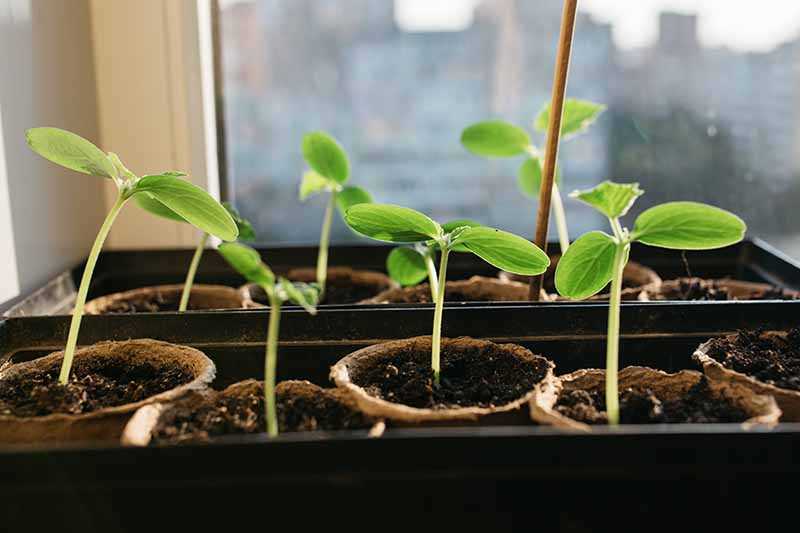
High humidity levels can contribute to moisture-related problems, such as fungal diseases. If the humidity is too high, consider increasing air circulation around the plants by opening a window or using a fan.
By following these watering and moisture control tips, you can help ensure the healthy growth of your cucumber plants on the windowsill.
Fertilizing and Nutrient Requirements
Cucumber plants have specific nutrient requirements in order to grow and produce healthy fruits. Providing the right amount of fertilizers will help ensure a successful cucumber crop on your windowsill.
1. Nitrogen
Nitrogen is a crucial nutrient for cucumber plants as it promotes vigorous leaf growth. The best way to supply nitrogen to your plants is by using a nitrogen-rich fertilizer. Apply a well-balanced, slow-release fertilizer or organic compost before planting to ensure a steady supply of nitrogen throughout the growing season.
2. Phosphorous
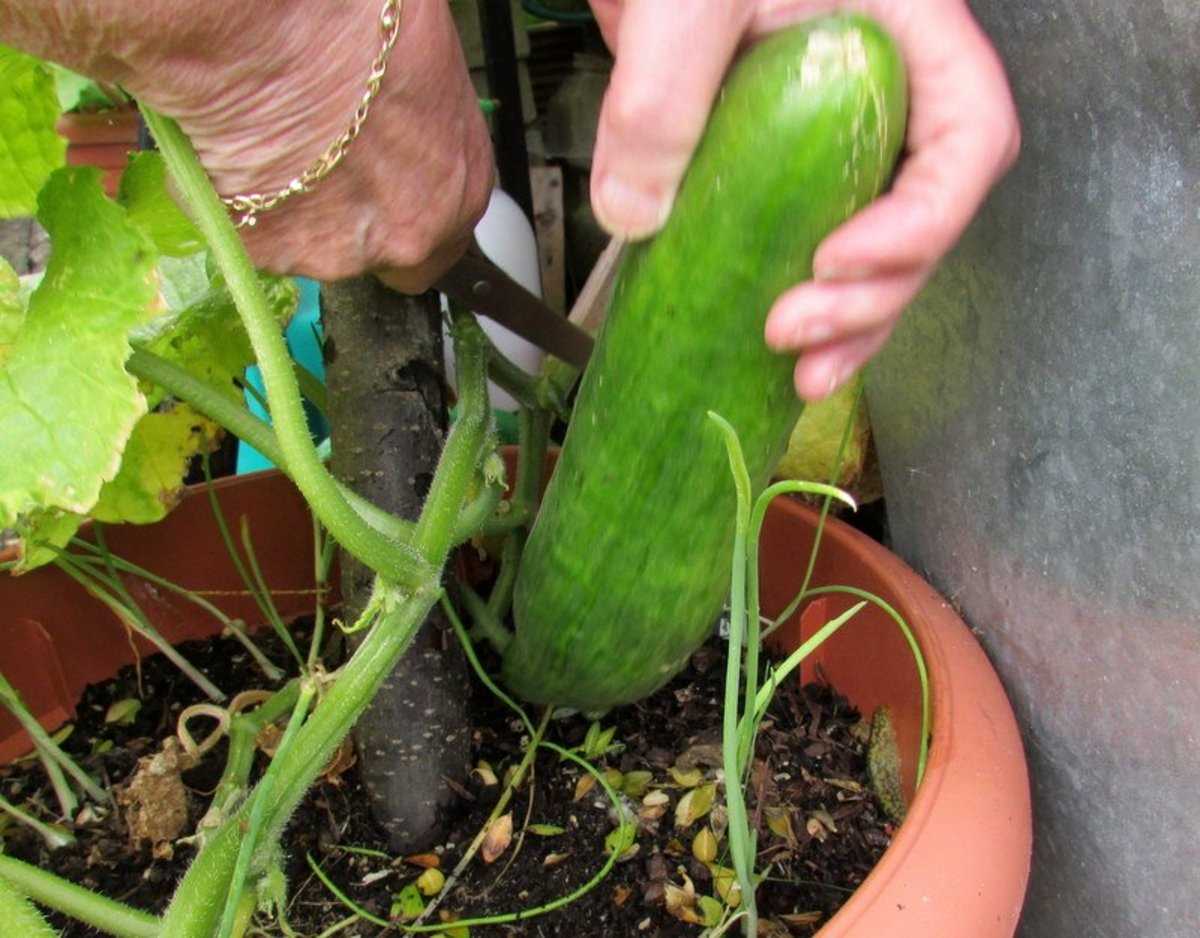
Phosphorous is vital for root development and flower formation in cucumber plants. Use a phosphorous-rich fertilizer during the initial stages of growth to promote strong root development and improve flowering.
3. Potassium
Potassium is essential for overall plant health and disease resistance. It also helps in fruit development and enhances their flavor. Ensure that your fertilizer contains adequate potassium or supplement it separately if needed.
4. Micronutrients
In addition to the major nutrients mentioned above, cucumber plants also require certain micronutrients for optimal growth. These include iron, manganese, zinc, and copper. Using a balanced fertilizer or adding a micronutrient supplement will help provide these essential elements to the plants.
5. Application
Monitor the growth of your cucumber plants closely and adjust the fertilizer application accordingly. Follow the instructions on the fertilizer package for proper application rates. Over-fertilizing can lead to nutrient burn and other problems, so it’s important to be cautious.
6. Organic Options
If you prefer an organic approach, you can use compost, well-rotted manure, or organic fertilizers specifically formulated for cucumbers. These organic options provide a slow-release of nutrients and are environmentally friendly.
7. Watering
Proper watering is essential for nutrient uptake in cucumber plants. Ensure that the soil is consistently moist but not waterlogged. Deep watering is preferred over shallow and frequent watering as it encourages the roots to grow deeper and absorb nutrients more effectively.
By meeting the nutrient requirements of your cucumber plants, you’ll be one step closer to a successful crop of fresh cucumbers, grown right on your windowsill!
Preventing Pests and Diseases
When growing cucumbers on your windowsill, it is important to take precautions to prevent pests and diseases from damaging your crop. Here are some tips to keep your cucumber plants healthy and pest-free:
1. Choose disease-resistant varieties
Start by selecting cucumber varieties that are resistant to common diseases, such as powdery mildew, cucumber mosaic virus, and downy mildew. This can greatly reduce the risk of your plants getting infected.
2. Start with healthy seeds
Use only high-quality seeds that are free from any signs of disease or infestation. Inspect the seeds carefully before sowing them to ensure they are healthy and viable.
3. Practice proper spacing
Avoid overcrowding your cucumber plants, as this can create a favorable environment for pests and diseases to spread. Use the recommended spacing between plants to allow for good air circulation and prevent the spread of diseases.
4. Provide proper ventilation
Proper ventilation is important to prevent the buildup of humidity, which can lead to the development of various fungal diseases. Open windows or use a fan to improve air circulation around your cucumber plants.
5. Keep the windowsill clean
Regularly clean your windowsill to remove any debris or fallen leaves that may harbor pests or diseases. Additionally, keep the area around your windowsill clean and tidy to discourage the presence of pests.
6. Monitor for pests regularly
Keep a close eye on your cucumber plants for any signs of pest infestation, such as aphids, mites, or cucumber beetles. If you notice any pests, take immediate action to prevent them from spreading and causing damage to your plants.
7. Use organic pest control methods
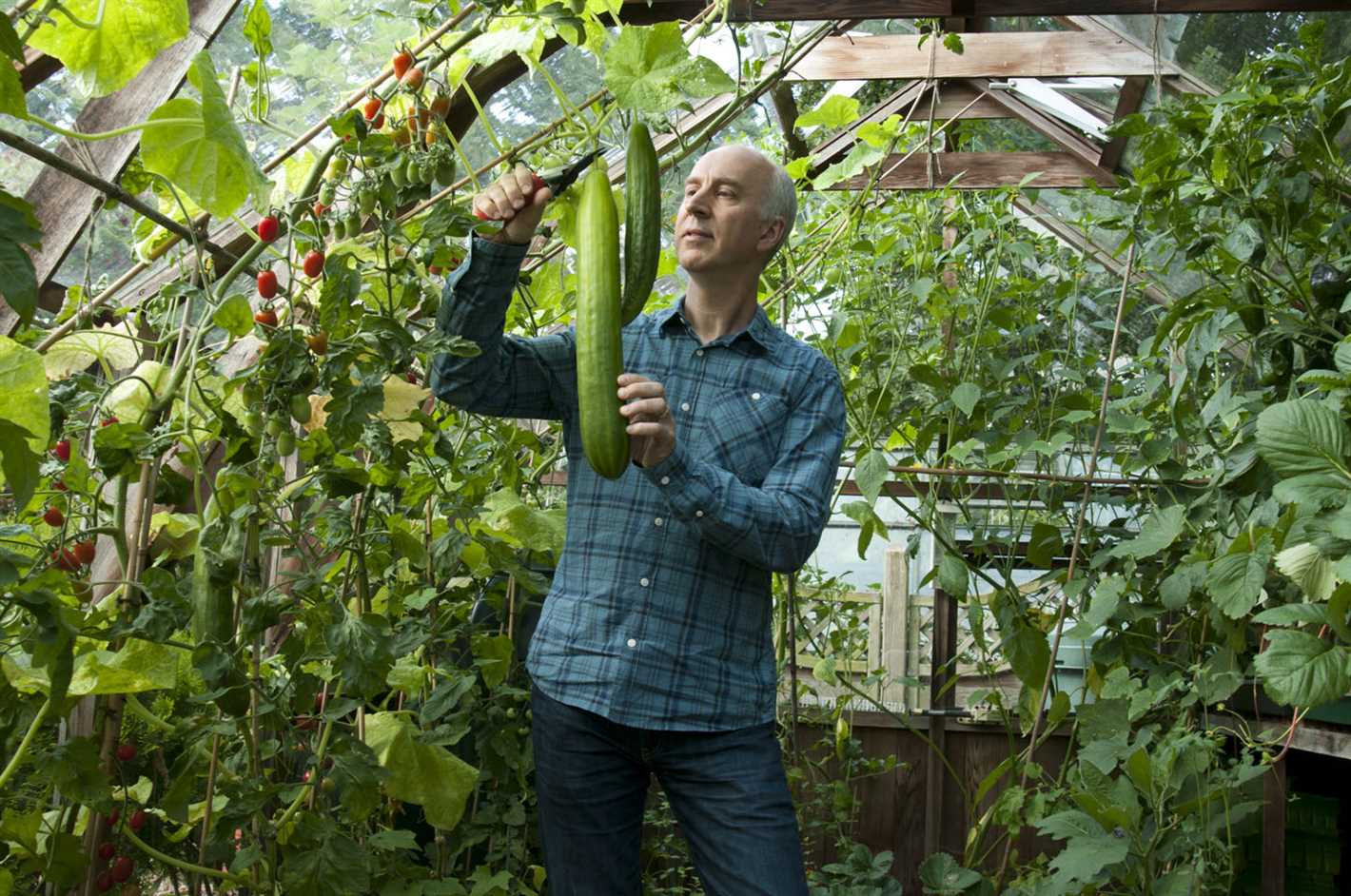
Avoid using chemical pesticides on your cucumber plants, especially when growing them indoors. Instead, opt for organic pest control methods, such as neem oil or insecticidal soaps, which are safe for both the plant and the environment.
8. Water properly
Overwatering can create an environment suitable for the growth of diseases. Water your cucumber plants when the top inch of soil feels dry, and make sure to water at the base of the plant to avoid wetting the leaves excessively.
9. Remove and destroy infected plants
If any of your cucumber plants show signs of disease, such as yellowing leaves or wilting, remove them immediately to prevent the spread of the disease to other healthy plants. Destroy the infected plants to avoid any further contamination.
10. Rotate your crops
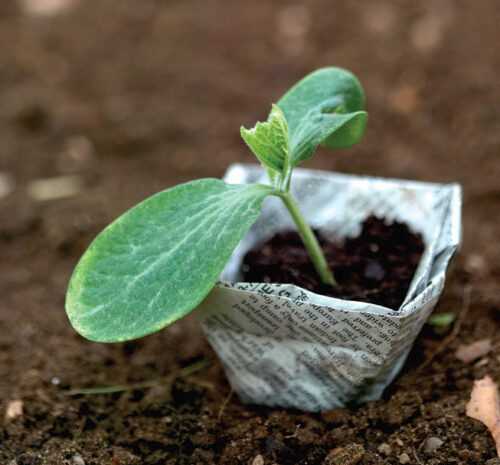
After harvesting your cucumbers, avoid replanting them in the same spot. Rotate your crops by planting other vegetables or herbs in that location to reduce the risk of pests and diseases building up in the soil.
By following these preventive measures, you can minimize the risk of pests and diseases affecting your cucumber plants and enjoy a healthy and productive indoor harvest.
Transplanting Seedlings to Larger Containers
Once your cucumber seedlings have grown to a height of about 3 inches and have developed a few true leaves, it’s time to transplant them to larger containers. This step is crucial for ensuring that your cucumbers have enough space to grow and develop strong roots.
Materials needed:
- Larger containers or pots
- Potting soil
- Watering can or spray bottle
- Garden trowel or small shovel
Steps to follow:
- Choose containers that are at least 6 to 8 inches deep with drainage holes at the bottom. This will prevent water from pooling and causing root rot.
- Fill the containers with potting soil, leaving about an inch of space at the top for watering.
- Use your finger or a small shovel to create a hole in the center of the potting soil, deep enough to accommodate the root ball of the seedling.
- Carefully remove the seedling from its current container, holding it by the leaves and avoiding touching the stem. Gently loosen the roots if they appear tangled or crowded.
- Place the seedling into the hole you created, making sure that the top of the root ball is level with the soil surface.
- Fill in the hole with additional potting soil, gently firming it around the base of the seedling.
- Water the newly transplanted seedling thoroughly, making sure that the soil is evenly moist. Avoid overwatering, as this can lead to root rot.
- Place the containers in a sunny location, such as a windowsill or a greenhouse, where the cucumber plants will receive at least 6 to 8 hours of sunlight per day.
Transplanting your cucumber seedlings to larger containers will provide them with the necessary space and nutrients to grow into healthy plants. Remember to continue watering and caring for your seedlings as they grow, and soon you’ll be enjoying fresh cucumbers from your windowsill garden!
“Question-Answer”
Can I grow cucumbers on my windowsill?
Yes, you can grow cucumbers on your windowsill. However, keep in mind that cucumbers require a lot of sunlight, so make sure your windowsill receives at least 6-8 hours of direct sunlight each day.
What is the first step in growing cucumbers on the windowsill?
The first step in growing cucumbers on the windowsill is to sow the cucumber seeds properly. Start by filling a seed tray or small pots with seed compost, then sow one seed per pot, burying it about 1 inch deep. Moisten the compost and place the tray or pots on the windowsill.
How deep should I sow the cucumber seeds?
You should sow the cucumber seeds about 1 inch deep. This depth allows the seeds to have enough moisture and space to germinate properly.
Do cucumber seeds require any special treatment before sowing?
No, cucumber seeds do not require any special treatment before sowing. However, some gardeners like to soak the seeds in water for a few hours before sowing to help with germination.
How often should I water the cucumber seeds?
You should water the cucumber seeds regularly to keep the compost moist but not waterlogged. Check the moisture level of the compost daily and water whenever it feels dry to the touch.
How long does it take for cucumber seeds to germinate?
Cucumber seeds usually germinate within 7-10 days. However, this time can vary depending on the temperature and conditions in your windowsill.
What should I do after the cucumber seeds have germinated?
After the cucumber seeds have germinated, remove any weak or overcrowded seedlings to give the remaining ones enough space to grow. You can also transplant them into larger pots with well-draining compost if needed.







